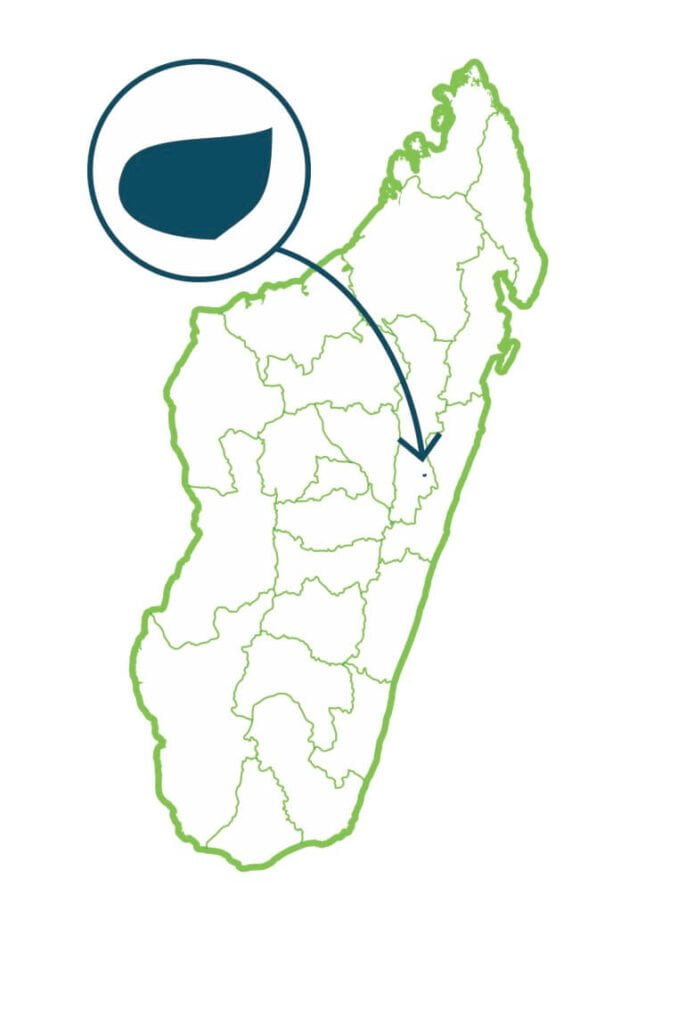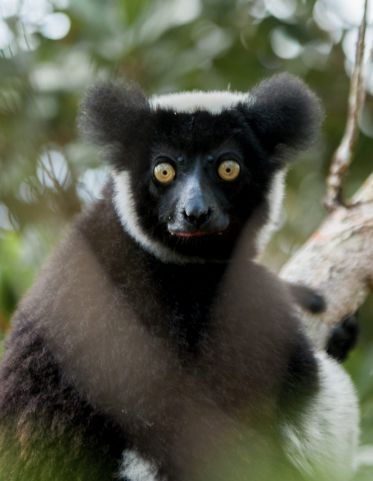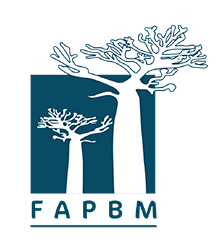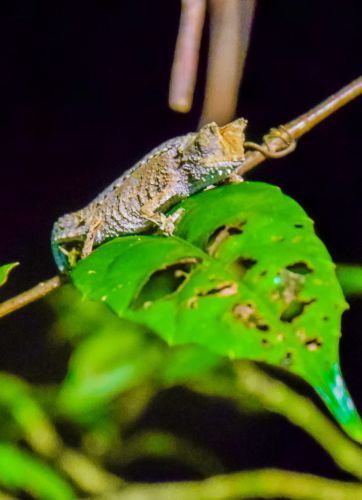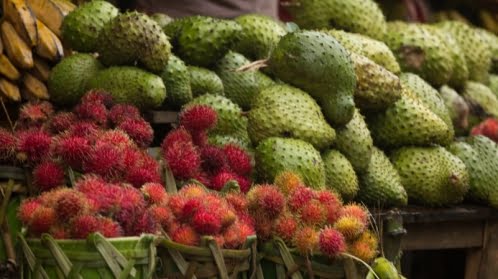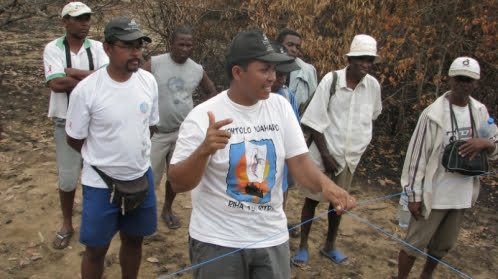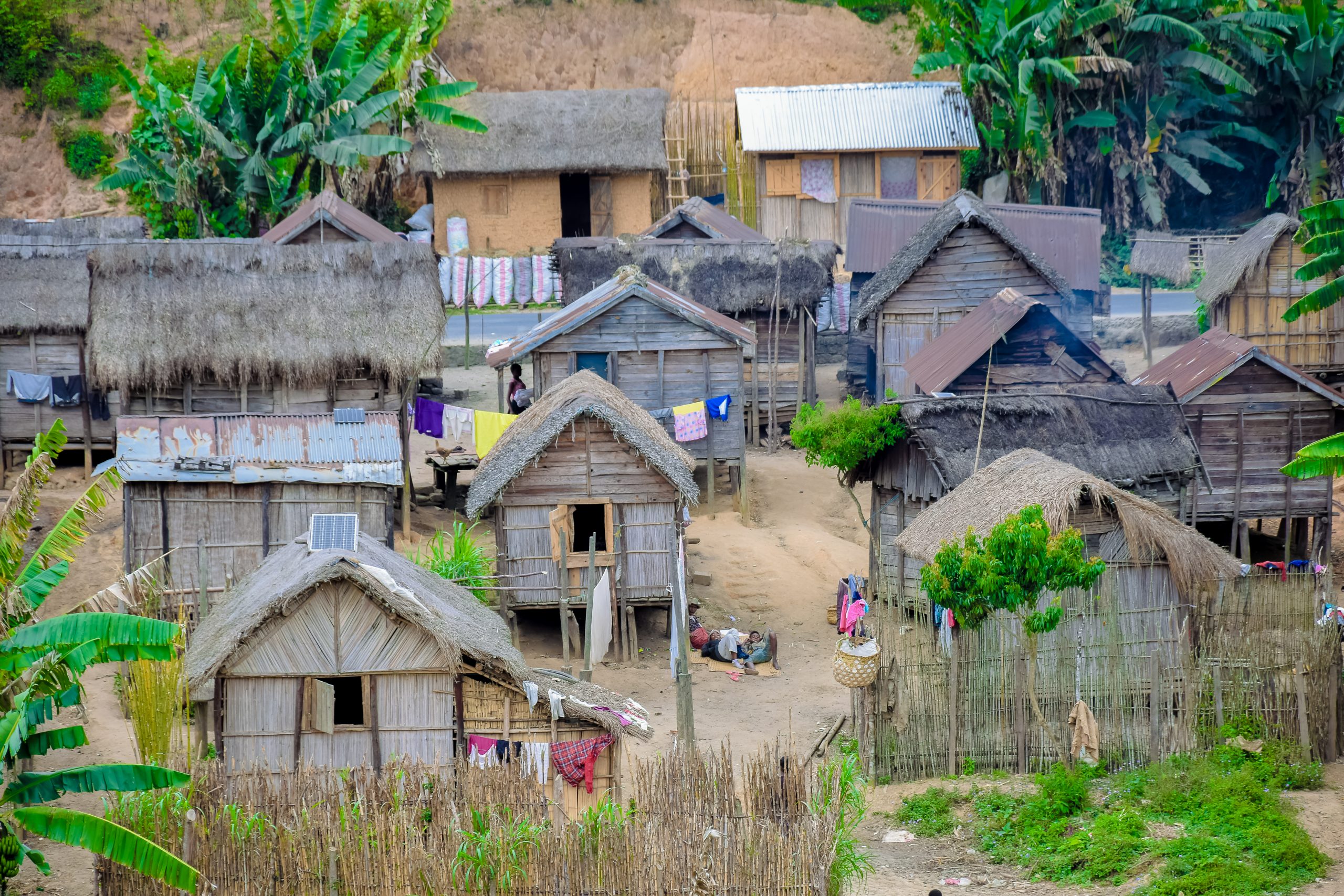Flagship Species
The climax of Maromizaha is the dense rainforest type. The protected area shelters 3 types of natural habitats: the primary forest, the secondary forest and the savoka or forest in regeneration after the slash-and-burn practice.
The vegetation belongs to different phytogeographic types: wind flora, the eastern eco-floristic zone of low and medium altitude, and the rainforest. There are 13 plant families with 26 species, 88% of which are endemic to Madagascar.
Lemurs are represented by 12 species including Indri indri and Propithecus diadema.
